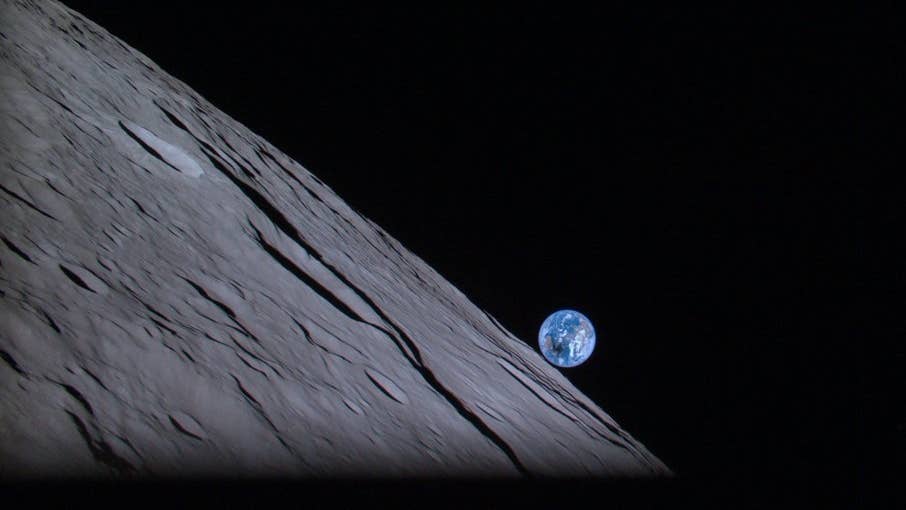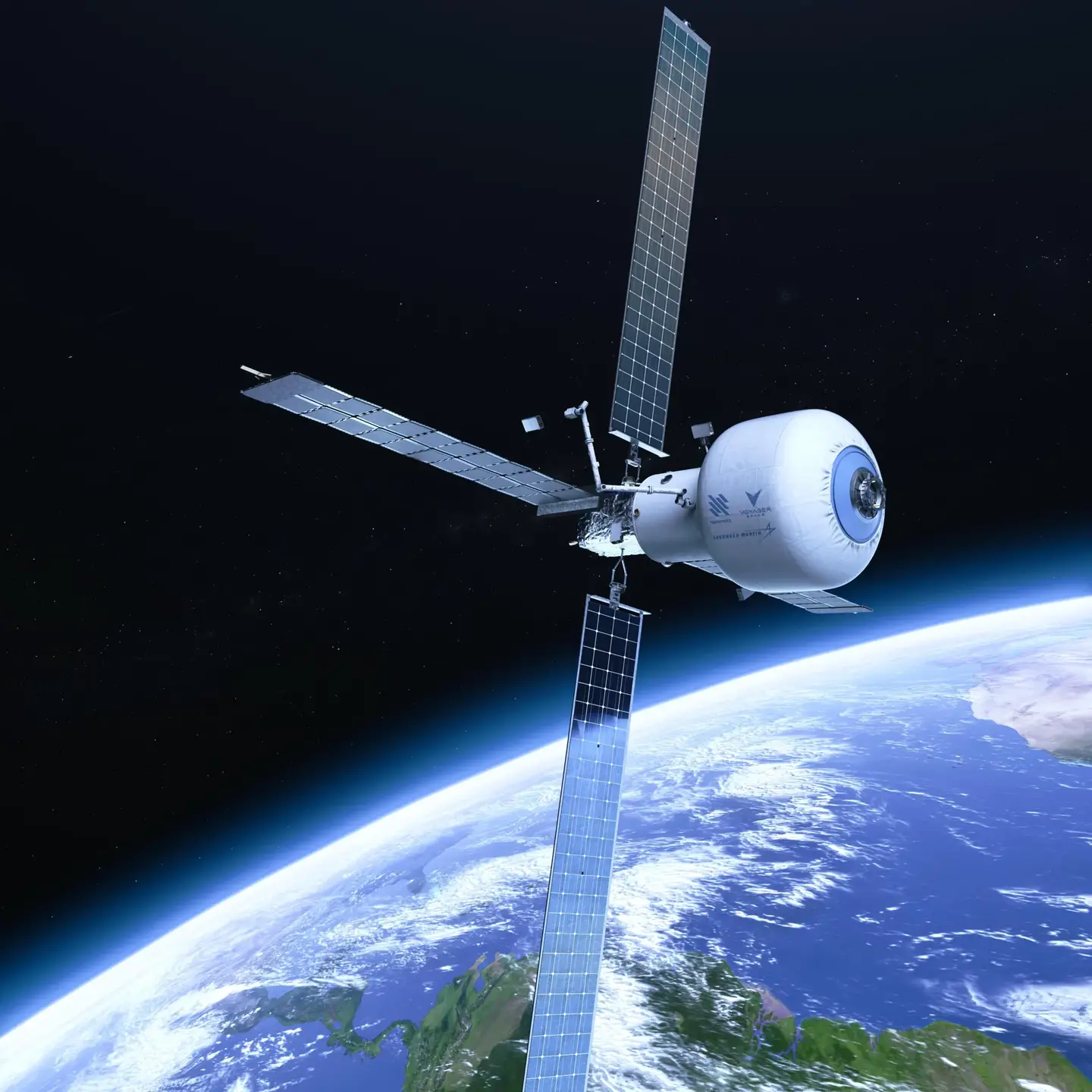iSpace Loses Contact With Lunar Lander During Historic Moon Landing Attempt

Share
iSpace, a private space company based in Japan, lost contact with its Hakuto-R spacecraft as it attempted to become the first private mission to land on the moon this morning. "We have to assume that we could not complete the landing on the lunar surface," iSpace CEO and founder Takeshi Hakamada said during a livestream. "Our engineers will continue to investigate the situation, and we will update you with further information when we finish the investigation."
Hakuto-R launched on a SpaceX Falcon 9 rocket last December. It took a long but efficient route, looping way out past the moon before using several orbital adjustments and the gravity of the Earth, moon, and sun to enter lunar orbit last month. On April 13, after a few more final adjustments, it locked into a circular orbit 100 kilometers above the lunar surface.
Early in its landing attempt, the spacecraft dipped behind the moon making communications impossible. The team reestablished contact as it rounded the lunar horizon and began its descent. During the livestream, iSpace showed a simulation of the landing. The ride to the surface began with a deceleration burn and a series of attitude adjustments, bending the spacecraft's trajectory toward the surface and flipping its orientation.
But just as it neared its landing site at Atlas Crater, the team lost all communications. Because they'd previously been in contact, Hakamada said, the presumed cause was a hard landing on the surface. Hakuto-R was the second attempt to land on the moon by a private company. SpaceIL's Beresheet lander crashed in 2019 when its main engine failed.
The faces of the iSpace team said it all. It was an extremely disappointing outcome. However, Hakamada said, because they'd had contact with the spacecraft until its final moments, they were able to gather valuable data that would be applied to future missions. iSpace achieved eight of its ten mission milestones, demonstrating an ability to navigate to the moon and enter a stable orbit. As the recent inaugural launches of SpaceX's Starship and Relativity Space's Terran 1 rocket show, the development of new space systems involves risk and, often, failure.
"We will keep going. Never quit in our quest," Hakamada said.
Be Part of the Future
Sign up to receive top stories about groundbreaking technologies and visionary thinkers from SingularityHub.


The company already has a second mission in the works for 2024. If that lander succeeds where Hakuto-R failed, the team plans to ramp up the frequency of trips to the moon. The business will transport and operate scientific and government payloads, and longer term, they hope to develop and sell lunar resources. Late last year, Japan issued a license to iSpace to sell lunar dust to NASA as a test case for such future transactions.
"If iSpace transfers ownership of lunar resources to NASA in accordance with its plan, it will be the first case in the world of commercial transactions of space resources on the moon by a private operator," Sanae Takaichi, Japan’s Minister of State for Space Policy, said at a press conference last year. "This will be a groundbreaking first step toward the establishment of commercial space exploration by private operators."
iSpace is just one of a new wave of space companies working in low-Earth orbit and beyond. SpaceX's reusable Falcon 9 rockets have already reduced the cost of getting to space, and the company hopes to make another leap with its Starship rocket. SpaceX and others are building infrastructure in orbit, including Earth observation and telecommunications networks. Meanwhile, NASA is partnering with private companies to develop commercial space stations that may succeed the ISS and funding SpaceX's Starship in the hopes it can land Artemis astronauts on the moon.
If all goes to plan, iSpace's attempted moon landing today won't be its last. And with luck, what they learned in the process will increase their chances of success next time around.
Image Credit: iSpace (Earthrise as captured by the iSpace lunar lander 100 kilometers above the moon's surface)
Jason is editorial director at SingularityHub. He researched and wrote about finance and economics before moving on to science and technology. He's curious about pretty much everything, but especially loves learning about and sharing big ideas and advances in artificial intelligence, computing, robotics, biotech, neuroscience, and space.
Related Articles

The Era of Private Space Stations Launches in 2026

Data Centers in Space: Will 2027 Really Be the Year AI Goes to Orbit?

Scientists Say We Need a Circular Space Economy to Avoid Trashing Orbit
What we’re reading
